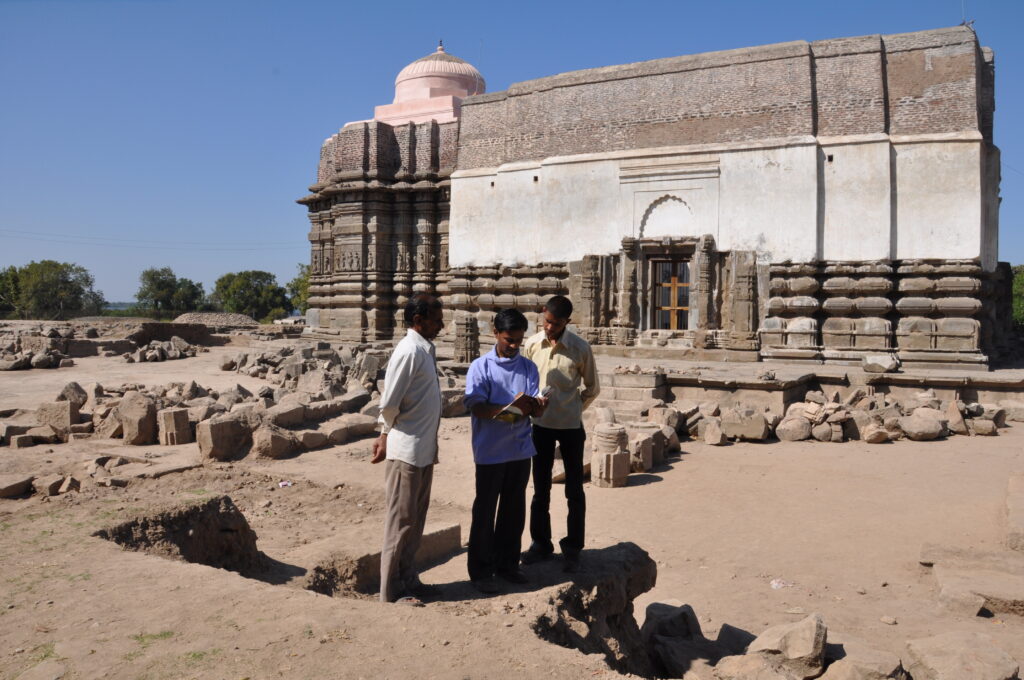
Archaeological Sites
The study of Indian archaeology traces its beginnings to Western Europe, where early curiosity about India’s past emerged among European travelers and explorers between the 16th and 18th centuries. These sailors, merchants, and adventurers documented ancient monuments and Hindu temples, producing sketches, ground plans, and early descriptions of India’s architectural marvels.
However, these initial accounts were largely observational rather than analytical, offering little historical interpretation. Many writers merely linked these monuments to Alexander the Great’s campaigns in 4th century BCE Northern India, reflecting limited understanding of India’s complex ancient history.
By the 19th century, archaeology in India evolved into a systematic discipline, with trained archaeologists exploring and recording the subcontinent’s vast historical and cultural heritage — laying the foundation for modern Indian archaeology as it is known today.
India hosts several important archaeological sites such as Lothal, Dholavira, Kalibangan, Rakhigarhi, Inamgaon, Daimabad, Nevasa, Kavthe, and Prakasha, located across Gujarat, Haryana, and Maharashtra. These sites highlight the rich legacy of ancient Indian civilizations and their cultural evolution.
The renowned Mohenjo-Daro and Harappa, once part of India and now in Pakistan, belonged to the Indus Valley (Harappan) Civilization, known for its advanced urban planning and craftsmanship.
During the Iron Age in India, the Painted Grey Ware (1300–300 BCE) and Northern Black Polished Ware (700–200 BCE) cultures marked the shift from Vedic Janapadas to the sixteen Mahajanapadas, eventually leading to the rise of the Maurya Empire and the dawn of early historic India.


